In-House High-Fidelity Simulation Model for Aircraft Engines

Purchased from Gettyimages. Copyright.
In this work, an in-house Aerothermodynamic Generic Cycle Model (AGCM) is proposed. This model aims to represent the thermodynamics occurring within a generic turbofan aircraft engine. The AGCM is intended for steady-state Design Point (DP) and Off-Design (OD) performance analyses of turbofan engines. The AGCM is compared to an equivalent model designed in a high-fidelity simulation platform developed by NASA: the Numerical Propulsion System Simulation (NPSS). Model comparisons were performed considering a DP conceived to approximate a real aircraft engine, the General Electric CF34-8C5B1. Keywords: gas turbine engines; SFC; generic model; NPSS; CF34-8C5B1.
The motivation behind the development of a model for aircraft engines
Turbofan gas turbine engines (GTEs) are the primary method used to power commercial aircraft. To understand their performance, it is necessary to rely on high-fidelity models that simulate the thermodynamic processes happening within the engine. These models aim to predict key performance characteristics, such as propulsive force (thrust) and specific fuel consumption (SFC), the latter being a measure of engine efficiency.
At the Laboratory of Applied Research in Active Controls, Avionics and AeroServoElasticity (LARCASE), we used different techniques to generate accurate engine models (e.g., [1-3], [4], [5-6], [7-9]) for real flight applications, such as the General Electric (GE) CF34-8C5B1 and Rolls-Royce (RR) AE3007C, powering the Mitsubishi CRJ-700 and Cessna Citation X aircraft, respectively.
The purpose of this work was to develop an in-house generic aerothermodynamic model that could be used to predict the performance of any turbofan engine. This model aimed to provide improved functionalities not considered in similar models found in the literature, as discussed in [8]. Moreover, the generic model is intended to be used to create specific models for the engines previously introduced, i.e., the GE CF34-8C5B1 and the RR AE3007C.
Description of the aircraft engine model
The AGCM is intended to represent a generic turbofan engine as depicted in Figure 1. The model can be used for both Design Point (DP) and Off-Design (OD) steady-state simulations. The former is used when studying the engine size that could meet the required thrust for the aircraft while minimizing its SFC. The latter is used to study the engine performance of a fixed design (i.e., size) across its flight envelope (take-off, climbing, cruise, etc.).
The model aims to compute mass and energy balances across all its components. It accounts for varying boundary conditions (altitude and temperature), compressibility effects (due to changes in flow stream Mach number), thermodynamic properties variation (due to changes in temperature and gas composition), compressor bleed extraction for cooling of engine parts and aircraft cabin ventilation, among others. The model encompasses generic turbomachinery characteristic curves (or maps), and uses a quasi-Newton numerical method to find the adequate operating point on each component map that meets mass and energy conservation.
Validation of the in-house vs. the NASA model
To validate the precision of the model, an equivalent model was programmed in the Numerical Propulsion System Simulation (NPSS), then used as a reference to compare its results with those of the AGCM. The NPSS is a high-fidelity simulation platform developed by NASA and is today the preferred GTE industry simulation platform. Both models used the same inputs intended to represent the DP of the CF34-8C5B1 engine [8]. Three representative flight conditions were simulated in both models (Table 1), and their results compared.
Table 1 Flight conditions for model validation

Finally, the AGCM performance predictions of the CF34-8C5B1 engine were compared with the correlations established by Svoboda [10]. These correlations were derived from a comprehensive database of turbofan engine data. The intent of this comparison was to generate confidence in the selected DP assumptions.
Key findings regarding the precision of the model
Figures 2 to 4 show comparisons between the AGCM and NPSS for different performance parameters of interest (from left-to-right): SFC, fuel flow, net thrust, primary nozzle gross thrust, secondary nozzle gross thrust, corrected total airflow, corrected core speed, high-pressure spool shaft power, low-pressure spool shaft power. These figures show the main statistics used for the comparisons, such as mean error, maximum absolute error (MAE), and error distribution (t95σ). The mean thrust and SFC errors from the three flight conditions depicted in Table 1 were −0.111% and +0.193%, respectively.
Figure 5 shows comparisons of the AGCM predictions vs. the correlations derived by Svoboda [10]. As observed in this figure, the AGCM predictions are in-line with the expectations of the correlations. The errors between the model and the correlations for thrust and SFC at cruise condition were +2.06% and −0.43%, respectively.
Conclusions and final remarks
- The AGCM is capable of performing both DP and OD steady-state simulations. Moreover, it accounts for features not found in other models (e.g., compressor bleed extraction for aircraft cabin ventilation).
- The validation analysis showed that the AGCM presented similar precision to the NPSS high-fidelity simulation platform. This was of paramount importance, as the AGCM is intended to create models for real engine applications, thus, its precision had to be assured.
- The assumptions considered for the CF34-8C5B1 DP seem to align with the performance expectations of other engines of similar rated thrust; hence, it was concluded that these assumptions could be used for future CF34-8C5B1 analyses.
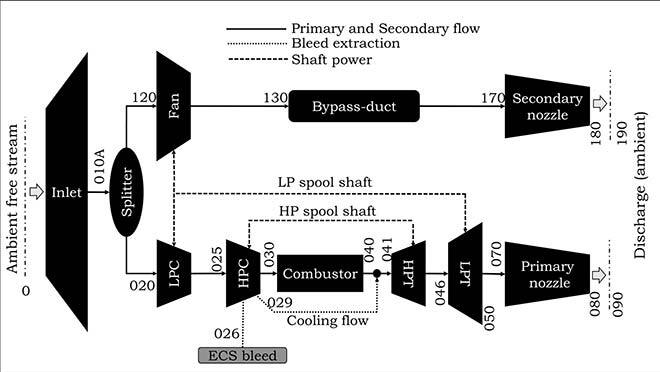
Figure 1. Turbofan engine model schematic
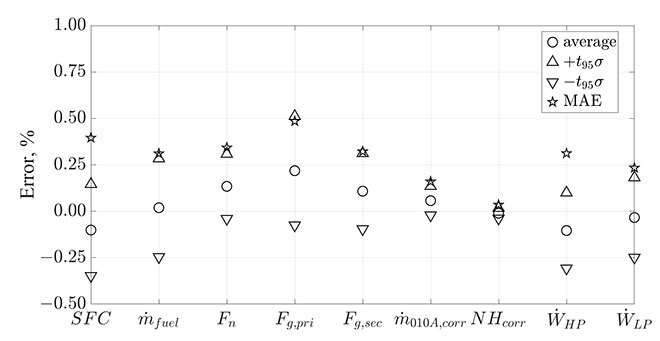
Figure 2. AGCM vs. NPSS errors for Ground condition
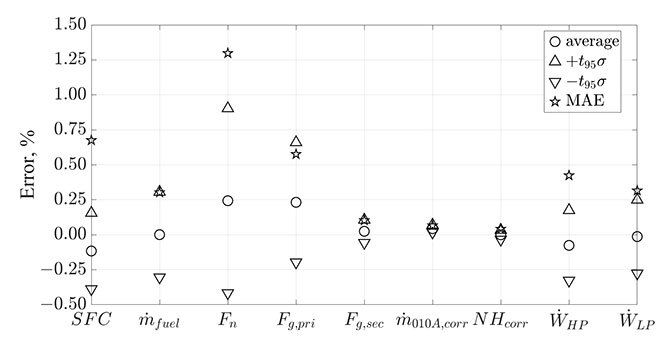
Figure 3. AGCM vs. NPSS errors for Flight 1 condition
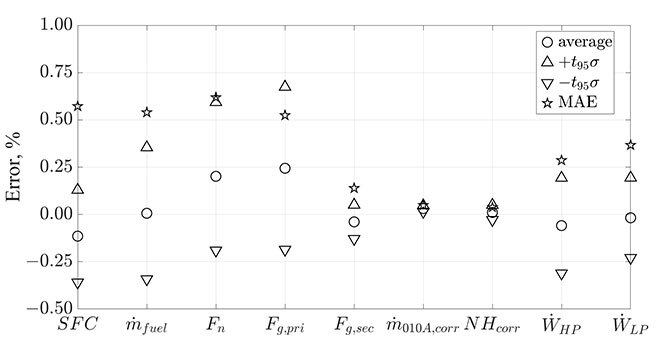
Figure 4. AGCM vs. NPSS errors for Flight 2 condition
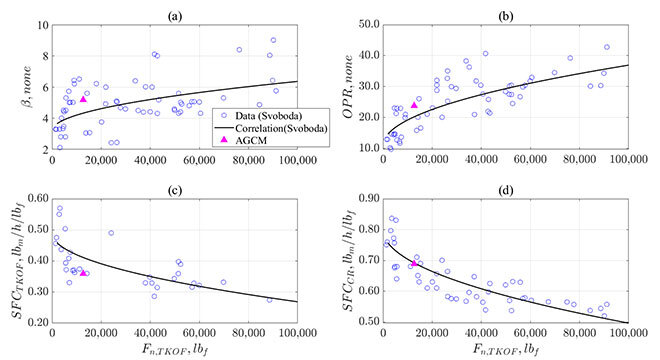
Figure 5. AGCM vs Svoboda [10] correlations
Additional Information.
For further information regarding this article, please refer to the following journal article:
Gurrola Arrieta, M.d.J. and R.M. Botez, Improved Local Scale Generic Cycle Model for Aerothermodynamic Simulations of Gas Turbine Engines for Propulsion. Designs, 2022. 6(5): p. 91s DOI: 10.3390/designs6050091.



